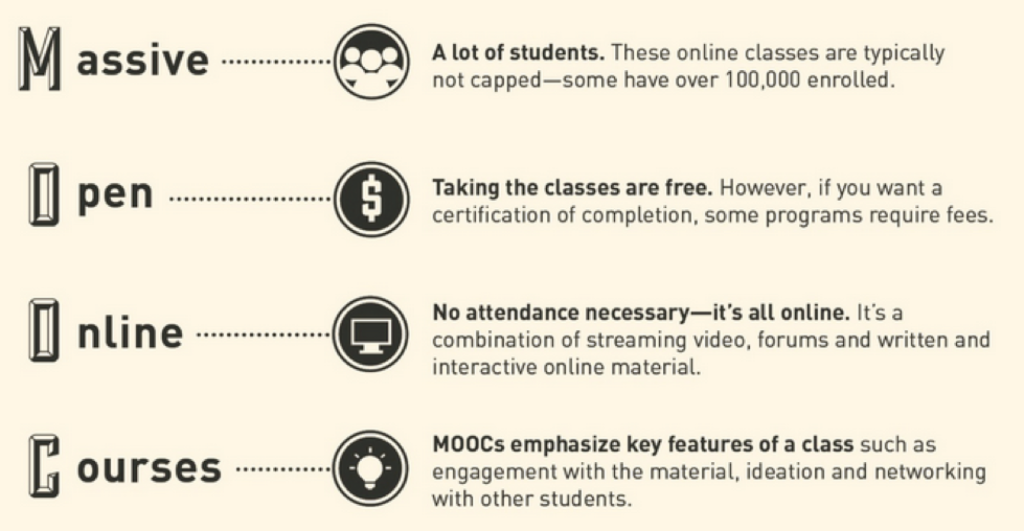For this week’s blog I’m going to do something different. First, I’m going to kill two birds with one stone. This blog will be graded as part of a MOOC course (Learning How to Learn, from Coursera). For those of you not familiar with it, Coursera is a Massive Open Online Course platform that allows people from all over the world to have free high quality training over the Internet. By massive I mean MASSIVE as thousand of students from all places take the same course at the same time. I have taken courses in mathematical modeling, design thinking, innovation, R programming, and I have incorporated some of this stuff to my own training practices. So please I advice each and every one of you to give it a try.

This course was recommended by one of the business partners at my firm (PXS Performance Excellence Solutions) as part of our effort to enhance our own training standards.
So what if we applied some of these learning techniques to our teaching? Let’s find out…
HOW TO BEAT PROCRASTINATION WHEN PREPARING FOR ASQ CERTIFICATION EXAMS
A big part of our business is to prepare professionals to take the American Society for Quality certification exams (a quick explanation for my fellow “MOOC-mates” who will evaluate me). During this training we learned a very nice technique to beat postponing and postponing your preparation for the exams. It is called the POMODORO TECHNIQUE, and yes… there is an app for it.

Say you really, really, really want to pass the CQE (Certified Quality Engineer) exam. You have taken our class; you enjoyed the way we presented the materials, you are convinced you can nail this, now it is your turn to study, but it is so hard to start. There is always something: the kids, Facebook, your email, something comes in the way of your study time. Those familiar with our training methods know that we recommend you to start your personal study at least two months before the actual exam. I will explain later why we were right all this years about this, but first the procrastination thing.
It turns out that when you try to start to study (or to prepare that report your boss requested, or to start that new project, etc.) your brain activates exactly the same processes that produce pain, so what do you do? You avoid the pain by doing something that provides you instant pleasure (like checking Facebook for the millionth time, playing a “quick” game in your phone, eating ice cream, or whatever it is that you are thinking right now). For years, your teachers, your parents, your bosses, told you there was a problem with your will power, your discipline. Don’t worry, there is nothing wrong with you, it is pure biology. You just need a little of that will power and the POMODORO TECHNIQUE.
The POMODORO TECHNIQUE is a very simple and effective time management method developed by the Italian Francesco Cirillo. Simply divide your work in intervals of 25 minutes, followed by small breaks of 3 to 5 minutes. After you have completed four of these pomodori (of course if you have been a patron at an Italian restaurant you know pomodoro means tomato, and pomodori is just the plural of pomodoro) give yourself a longer break of 10 to 30 minutes. From your brain standpoint every time you give yourself a break you are rewarding your mind and avoiding the pain associated with a task you rather wouldn’t do. Interestingly once you start doing your unpleasant task, the pain goes away.
When preparing for an ASQ certification, use the POMODORO TECHNIQUE like this: study for periods of 25 minutes followed by 5 minutes breaks, then after 4 “pomodori” take a longer break. Try it and build your strengths for the exam.
Using the Pomodoro technique will be especially important when you engage in practice exams. Use pomodori with your exam CD. Make a small exam practice, followed by a small break, then another one, followed by another brake, etc.
There are plenty of apps based on the Pomodoro Technique, check the official web site here. By the way Cirillo called it the Pomodoro just because he first used a kitchen timer shaped as a tomato when he was a college student.
IS THE POMODORO TECHNIQUE ENOUGH TO PASS THE EXAMS? LEARNING TO “CHUNK” KNOWLEDGE
ASQ exams cover a huge amount of subjects; about 6 to 8 college level courses will be evaluated in one exam. It is impossible to assimilate all this learning at once. Chunking refers to small pieces of information that are bound together by some larger meaning. If you try to learn statistics in one weekend you know it will never work, at the same time if you learn the formula for the average without a context then it won’t form a chunk because it will have no meaning.

Let us follow statistics (probably the most frightening subject in the certification exams) as an example of chunking. First give a meaning: statistics should allow me to understand a problem, or, statistics should be the way to explain a process. Then start with the first chunk the average formula. “Put” the average formula in your working memory (short term memory) and find connections to things that you already know like the average scoring of your favorite NBA player or the average time it takes you to get to your work place, also practice how to use it. Through practice and connections the average formula will become part of your long-term memory, it will be “cemented” in your brain, and it will keep creating connections with other memory traces. Just memorizing the average formula won’t help you in any way. Include more terms and formulas, such as the standard deviation; use chunking to connect the new knowledge to other chunks. The more you do this the more you will find statistics useful to your daily work.
Studying this way requires you to space the learning. Do not try to learn descriptive statistics, probability and inferential statistics in one day. Build solid chunks day by day, this is the reason why we start our trainings several months before the certification exams, and this is way we recommend at least two months of personal study (we have to recognize that our recommendation came from experience, now we can back it up with solid brain theory).
So chunk for success!!!!
BEWARE OF THE ILLUSION OF COMPETENCE IN LEARNING
You may think you learn something because you read it, this can create the illusion that you are learning when you are actually not. In order to avoid this, test yourself constantly. In our case the practice questions are a wonderful way to know we are actually learning. You can also use a simple recall technique, close your Certification Primer and recall what you just read, see if you can remember it, see if you can use it in a real situation. Don’t think that just because you use a highlighter and “redecorated” you material you are ready for the exam. There is such thing as too much highlighting; I prefer to make small (and sometimes painful) summaries next to important paragraphs. Also learn from mistakes, don’t get discourage if you get bad scores in your initial exam practices, learn from your mistakes. And one last bit of advice, you should practice the difficult stuff not only the easy things you have already mastered.

In summary, with enough time and some very simple techniques you can build the knowledge you need to pass your ASQ certification exam. There is a lot more I have learned from this MOOC and I would recommend it to all of you. Go take this online training (please check the specific dates) along with your certification training, you will be better prepared to pass your exam.


